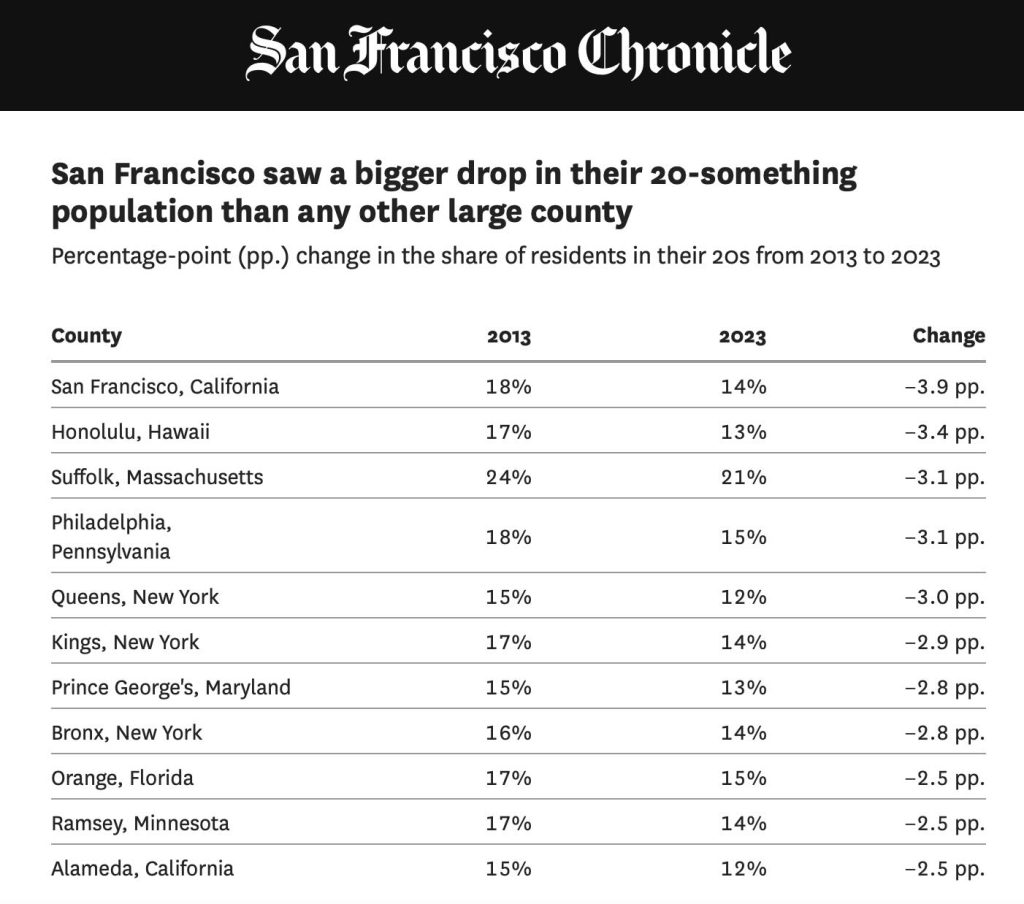“The Last Class” is documentary film released earlier this summer that follows the last class taught by Robert Reich at the University of California Berkeley before retiring after 40 years of teaching.
The class, “Wealth and Inequality,” offers “a deeper look at why inequalities of income and wealth have widened significantly since the late 1970s in the United States, and why this poses dangerous risks to our society.”
Besides his long career as a university professor, Reich is a well-known social activist and commentator, and served as Labor Secretary in the Clinton administration.
Here’s the movie’s official trailer.
This morning a friend let me know that Reich made the entire class–all 14 lectures, each about 1-1/2 hours long–available to watch for free on YouTube.
What an amazing resource!
It would be a big investment of time to work your way through the class lectures, but undoubtedly well worth the price of entry!
Here’s his introduction to the first class session.
Welcome to my undergraduate course on Wealth and Poverty. This is the first of fourteen classes.
The questions we’ll focus on today: Is some inequality both inevitable and necessary? At what point, if ever, does it become a problem? What’s the difference between income and wealth inequality, and which is more important? How do income and wealth inequalities overlap with race and gender? And the real puzzle: why did these inequalities begin to widen so dramatically starting in the late 1970s and early 1980s, and continue widening since then?
Even though this isn’t a real classroom and I’m not with you in person, I hope you find this both enjoyable and challenging. Don’t expect to learn by just watching and listening, though. I want you to be an active learner — which means answering questions I pose and putting various puzzle pieces together. I’m not going to tell you what to think. I’m going to try to provoke you into thinking harder and more deeply.
If you wish, I’ve shared some select readings from the syllabus for you. They’re available at: https://robertreich.substack.com/p/fi…
Ready to dive right in?
Here’s Class #1. Links to each of the lectures can be found using the link earlier in this post.


